NATO’s Standing Naval Forces recently undertook a Passing Exercise (PASSEX) with the Japan Maritime Self-Defence Force (JMSDF) in the Eastern Mediterranean.
The exercise, held on 14 August 2024, saw vessels from Standing NATO Maritime Group 2 (SNMG2) and Standing NATO Mine Countermeasures Group 2 (SNMCMG2) collaborating with JMSDF ships.
The ships involved in the exercise included HMCS Charlottetown and TCG Gaziantep from SNMG2, and ROS Vice Admiral Constantin Balescu from SNMCMG2, alongside JS Kashima and JS Shimakaze from the JMSDF’s Training Squadron.
The exercise featured a range of activities, including manoeuvring exercises and communication drills, aimed at improving interoperability and maritime skills among the allied and partner navies.
Royal Canadian Navy Commodore Matthew Coates, Commander of SNMG2, remarked in the press release that “Exercising with the Japan Maritime Self-Defence Force in the Eastern Mediterranean is a fantastic representation of the interconnectedness between NATO and Japan.” He also highlighted the significance of the Indo-Pacific region to NATO, noting that developments in that area can have direct implications for Euro-Atlantic security.
The exercise included a cross-deck visit, where sailors from HMCS Charlottetown, ROS Vice Admiral Constantin Balescu, and JS Kashima had the chance to visit each other’s ships, fostering goodwill and strengthening relationships between the participating forces.
Romanian Navy Captain Sebastian Barote, Commander of SNMCMG2, also commented on the exercise, stating, “The successful conduct of the PASSEX with our esteemed Japanese counterparts and Alliance members epitomises our unwavering commitment to maritime security and operational excellence.”
The PASSEX with JMSDF forms part of NATO’s broader strategy to strengthen ties with international partners.



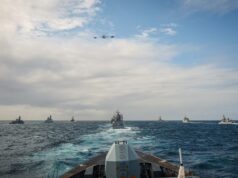

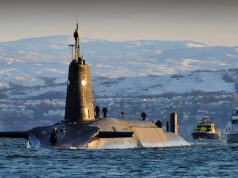

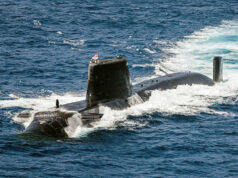

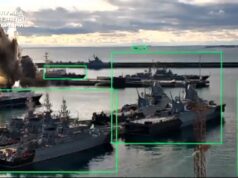
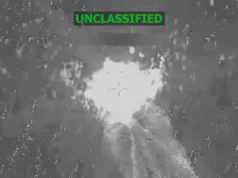
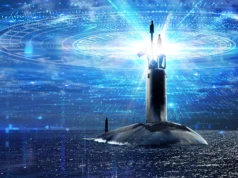

Good to see the Japanese navy interacting with NATO navies, be it in their region or ours. If conflict with Russia, let alone China kicks off it will almost inevitably involve Japan to one degree or another and very possibly at the forefront as the former will be fearful of them on its eastern flank and will up its intimidation while if/and the latter, it will be on the front line.
Japan Maritime Self-Defence Force in the Eastern Mediterranean shows a serious blue water navy capable of global reach.
Welcome!
My understanding is that the Japanese used to build their ships with limited range to underline the ‘self defence’ doctrine. That, I believe, has changed and their ships have been built with the range to operate globally for sometime now. A simple example of how doctrine and politics influence capability. Understandably Japan is looking more global these days and seems to understand that to be taken seriously as an ally you need to bring something to the table…
Cheers CR
Thanks, great insight.
Is it just me or are the NATO maritime standing groups getting smaller these days? Just recently whenever these groups are mentioned there only ever seems to be two or three units listed. These groups used to have six, seven or eight units if memory serves.
Maybe units are detached..?
Cheers CR